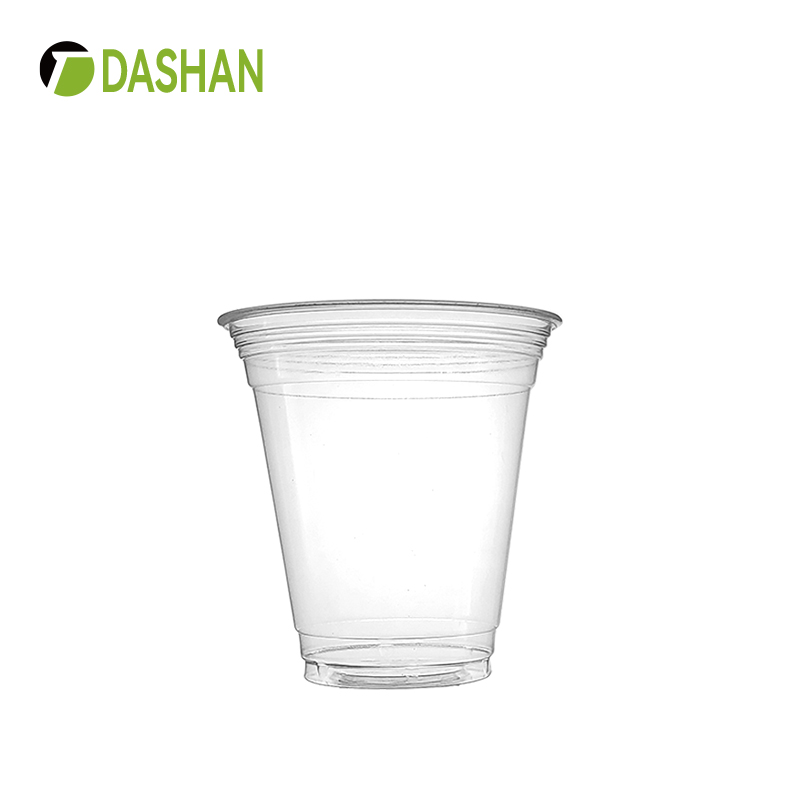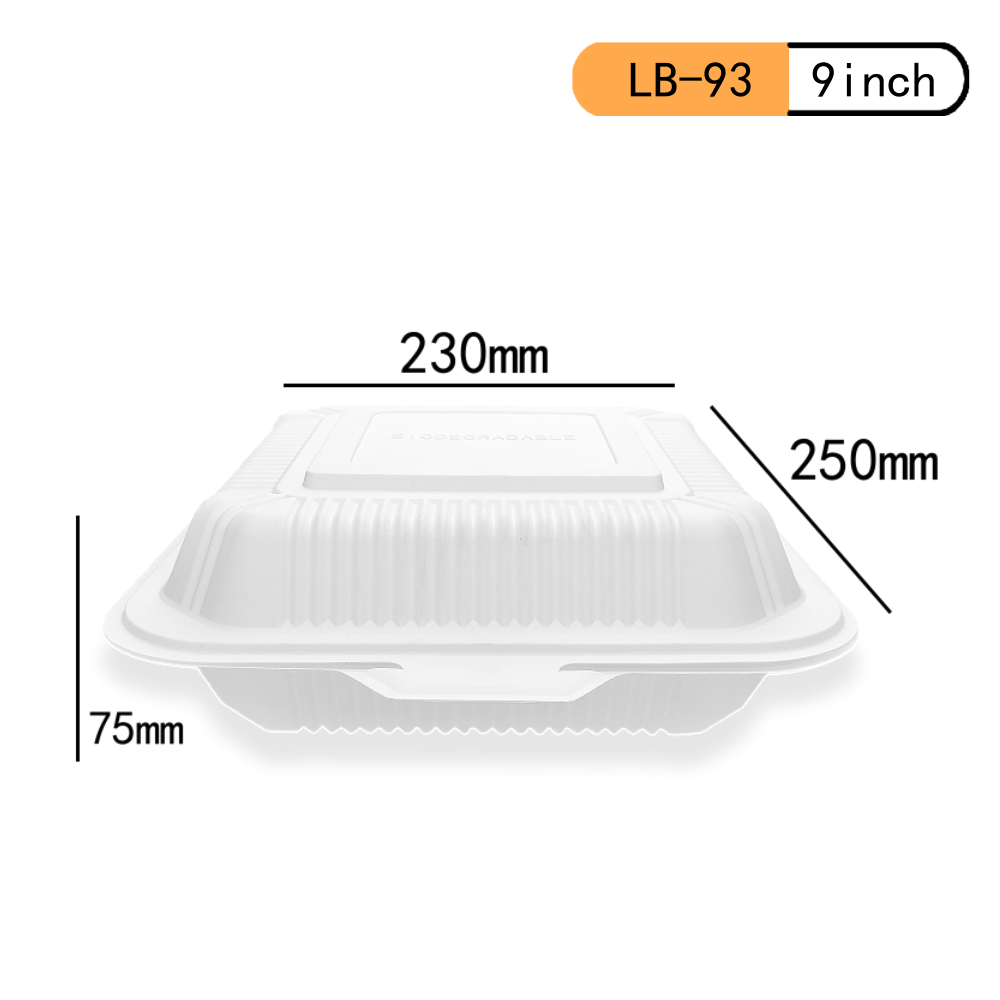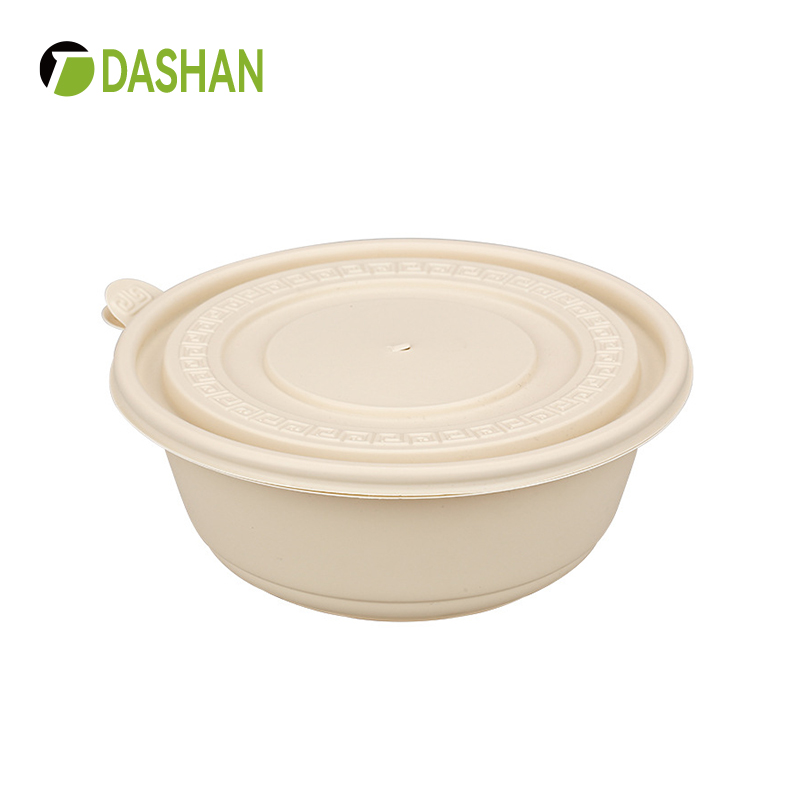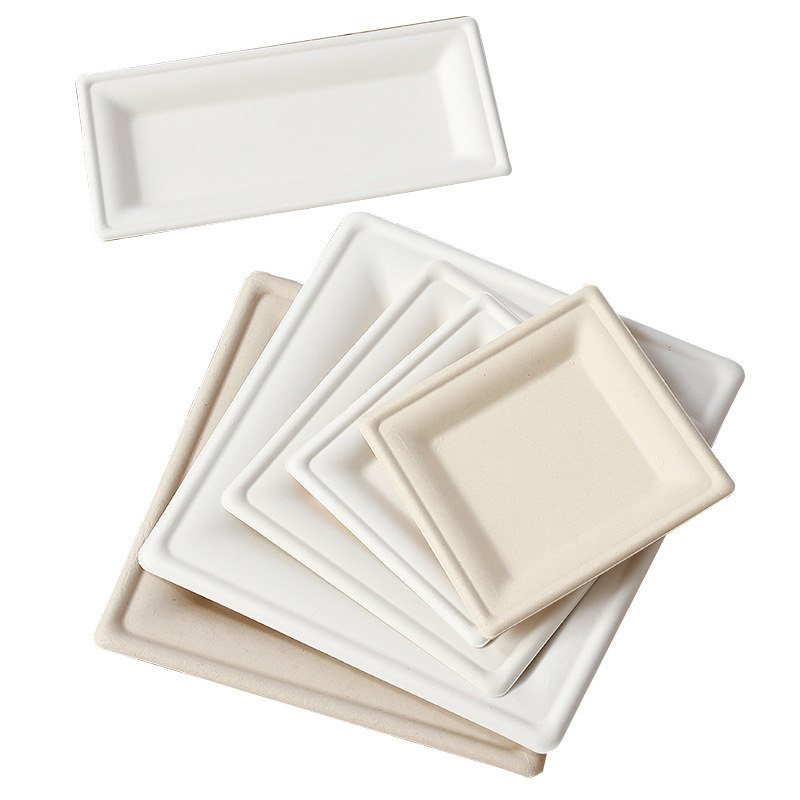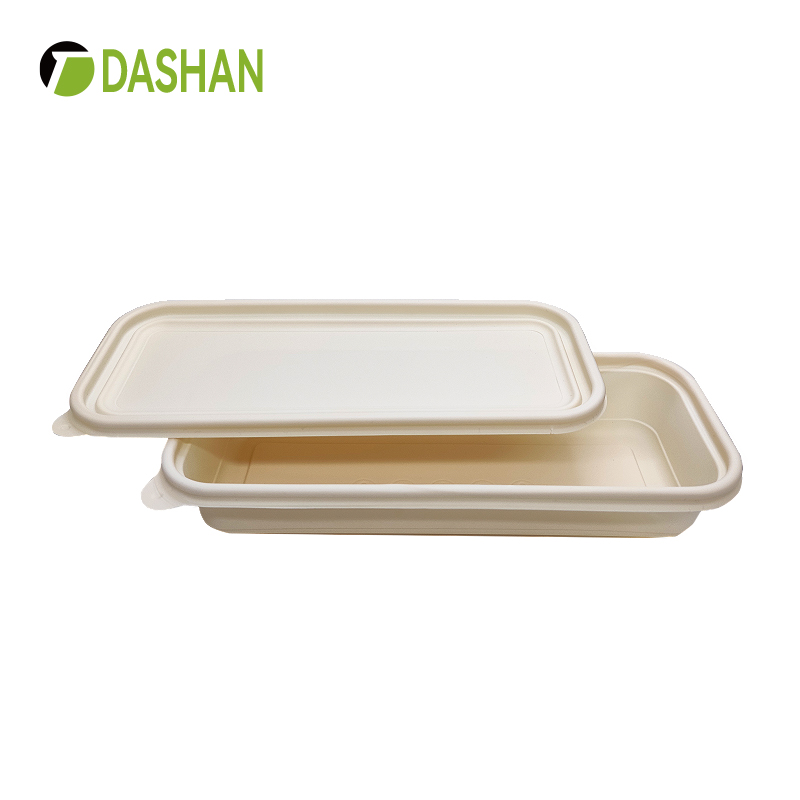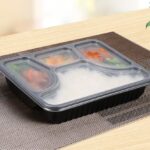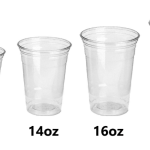In an era where environmental concerns have taken center stage, the issue of plastic pollution has become a global challenge. Single-use plastic items, including cups, have come under intense scrutiny due to their negative impact on the environment. In response to this crisis, a sustainable alternative has emerged in the form of PLA disposable cups. These cups, made from polylactic acid (PLA), offer a promising solution to reducing waste and mitigating plastic pollution. This article delves into the world of PLA disposable cups, exploring their production, environmental benefits, challenges, and the role they play in addressing the pressing issue of plastic pollution.
The Plastic Predicament
Plastic has undoubtedly transformed the way we live. It has revolutionized industries, facilitated innovation, and provided convenience in various aspects of our daily lives. However, the very characteristics that make plastic so useful—durability and resistance to degradation—have also made it a formidable environmental threat.
Plastic pollution has reached alarming levels, posing a significant challenge to ecosystems, wildlife, and the health of our planet. The abundance of plastic waste in oceans, landfills, and even remote regions of the world has spurred urgent calls for action. Single-use plastic items, including disposable cups, are among the primary contributors to this crisis.
The Rise of PLA Disposable Cups
In response to the plastic pollution crisis, there has been a growing interest in alternative materials for single-use items like cups. Polylactic acid (PLA) has emerged as a leading contender. PLA is a biodegradable and bioactive thermoplastic derived from renewable resources, such as corn starch or sugarcane. Its unique properties make it a promising candidate for environmentally friendly disposable cups.
Production of PLA Disposable Cups
PLA disposable cups are manufactured through a process that involves the following steps:
- 1. Raw Material Sourcing: PLA is derived from renewable sources like cornstarch or sugarcane. These crops are cultivated and harvested, with consideration for sustainable farming practices.
- 2. Extraction and Fermentation: The starch from these crops is extracted and then fermented using microorganisms to produce lactic acid.
- 3. Polymerization: The lactic acid is then polymerized to create PLA, a biopolymer.
- 4. Cup Production: PLA is used to manufacture disposable cups using methods similar to traditional plastic cup production, including injection molding and extrusion.
Environmental Benefits of PLA Disposable Cups
PLA disposable cups offer a range of environmental benefits, which include:
- 1. Biodegradability: PLA is biodegradable, meaning it can break down into natural components when exposed to the right conditions. This reduces the long-lasting environmental impact associated with traditional plastic cups.
- 2. Renewable Resources: PLA is sourced from renewable resources like corn, which can be replanted and harvested. This contrasts with fossil fuels used in traditional plastic production, which are finite resources.
- 3. Reduced Carbon Footprint: The production of PLA has a lower carbon footprint compared to conventional plastic cups. It requires less energy and produces fewer greenhouse gas emissions.
- 4. Diversion from Landfills: PLA cups encourage diversion from landfills. When properly composted, they contribute to the production of nutrient-rich compost rather than adding to waste accumulation.
- 5. Reduction in Plastic Pollution: The use of PLA cups helps to reduce the plastic pollution crisis by providing a viable alternative to traditional plastic cups.
The Role of PLA Disposable Cups in Reducing Plastic Pollution
PLA disposable cups play a significant role in reducing plastic pollution by providing a sustainable alternative to traditional plastic cups. Here are some of the ways in which they contribute to this crucial mission:
- 1. Plastic Reduction: By replacing traditional plastic cups with PLA cups, the amount of plastic waste generated is significantly reduced. This helps alleviate the pressure on landfills and the environment.
- 2. Marine Ecosystem Protection: Since PLA is biodegradable, it poses less of a threat to marine ecosystems. It breaks down into natural components, reducing the harm caused by plastic waste to marine life.
- 3. Public Awareness: The adoption of PLA cups raises awareness about the issue of plastic pollution. It encourages consumers to make more informed choices and supports businesses in their efforts to become more environmentally responsible.
- 4. Policy Support: The use of PLA cups is often supported by policies and regulations aimed at reducing single-use plastics. Governments around the world are implementing measures to limit the use of traditional plastic items, further promoting the adoption of PLA alternatives.
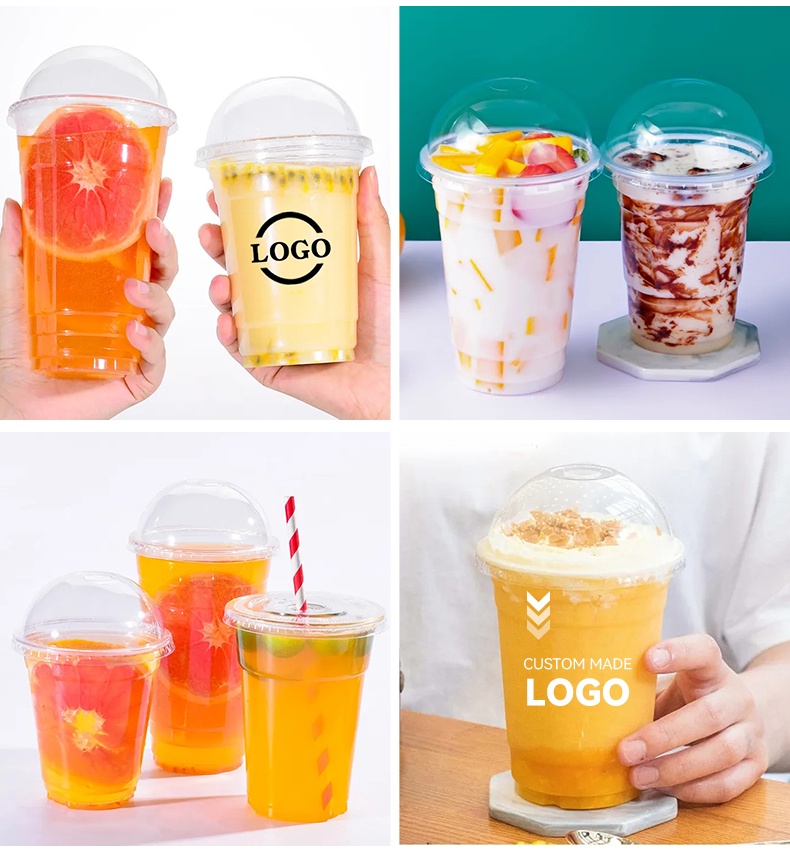
Consumer Perspective and the Circular Economy
Consumer attitudes and behaviors play a crucial role in the success of PLA disposable cups as a sustainable alternative. The transition from traditional plastic cups to PLA cups hinges on consumer acceptance, proper disposal, and active participation in composting programs.
From a consumer perspective, embracing PLA disposable cups represents an opportunity to support the circular economy. The circular economy emphasizes the reduction of waste and the continual use and recycling of materials. In this model, used PLA cups can be returned to the system, composted, and transformed into valuable compost, closing the loop on waste.
Businesses and PLA Cups
Many businesses have recognized the significance of adopting PLA disposable cups as part of their sustainability efforts. The benefits of using PLA cups extend to companies that wish to enhance their environmental credentials and meet consumer demands for eco-friendly products.
Consumer Preference
Consumers are increasingly making choices that align with their environmental values. They prefer businesses that demonstrate a commitment to sustainability. The use of PLA cups can enhance a company’s image and attract environmentally conscious customers.
Sustainability Goals
Businesses often set sustainability goals as part of their corporate social responsibility initiatives. Incorporating PLA cups into their operations helps them reduce their carbon footprint and align with their environmental objectives.
Regulatory Compliance
In some regions, regulations and policies are being introduced to limit or ban certain single-use plastics. By proactively adopting PLA cups, businesses can stay ahead of regulatory changes and ensure compliance.
The Way Forward: A Sustainable Future
PLA disposable cups have the potential to play a pivotal role in addressing the plastic pollution crisis. Their biodegradability, lower carbon footprint, and use of renewable resources make them a promising alternative to traditional plastic cups. However, their successful integration into the market relies on the support of consumers, businesses, and policymakers.
To further the positive impact of PLA disposable cups, we must consider several important steps:
- 1. Consumer Education: Informing consumers about the benefits and proper disposal of PLA cups is essential. Education campaigns can help change behaviors and ensure that these cups are composted correctly.
- 2. Recycling Infrastructure: The development of widespread composting infrastructure is crucial for the effective disposal of PLA cups. Governments and municipalities should invest in infrastructure that supports the collection and processing of biodegradable materials.
- 3. Collaboration: Stakeholders along the supply chain, from cup manufacturers and distributors to consumers, should collaborate to improve the sustainability of PLA cups. Sharing best practices, lessons learned, and innovations can enhance the overall impact.
- 4. Research and Innovation: Ongoing research and innovation are essential for improving the performance and affordability of PLA cups. Innovations in materials, production processes, and heat resistance can expand the applications of PLA cups.
- 5. Composting Facilities: Expanding access to composting facilities is crucial to ensure that PLA cups are disposed of properly. Both public and private sectors should invest in these facilities to support a circular economy.
- 6. Sustainable Sourcing: Businesses that use PLA cups should focus on sourcing their materials sustainably. This includes working with suppliers that employ eco-friendly agricultural and production practices.
- 7. Government Support: Governments can provide incentives and subsidies to encourage businesses to adopt PLA cups. Policies and regulations can also promote the use of biodegradable alternatives while discouraging single-use plastics.
- 8. Global Collaboration: As plastic pollution is a global issue, international collaboration can help drive the adoption of biodegradable alternatives like PLA cups. Sharing knowledge and best practices can lead to more effective solutions.
In conclusion, PLA disposable cups are a promising step towards reducing waste and plastic pollution. Their biodegradability and use of renewable resources make them a sustainable alternative to traditional plastic cups. However, their success relies on a collective effort to change consumer behavior, improve infrastructure, and advance research and innovation. As we continue to embrace eco-friendly choices like PLA cups, we move closer to a more sustainable future and a healthier planet for generations to come. The transition to sustainable alternatives is not just an environmental responsibility; it’s a global commitment to preserving our planet for the well-being of all.
Related Products


